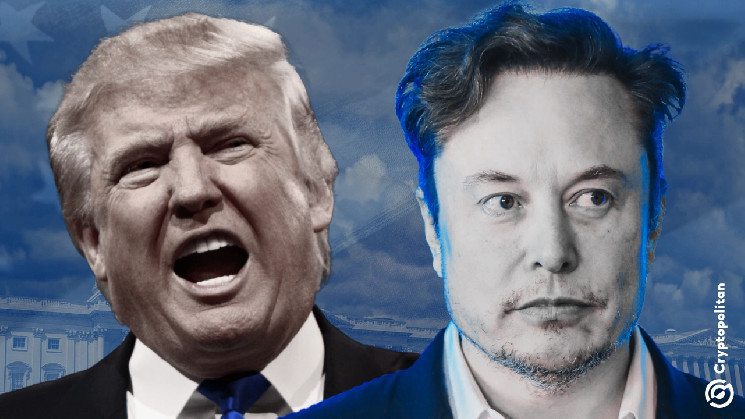Navigating the Shift: The Government’s Push for Efficiency and the Fallout
The federal government is undergoing a significant transformation in its operational structure, driven by the Department of Government Efficiency (DOGE), spearheaded by Elon Musk. This initiative, backed by President Donald Trump, aims to enhance productivity and reduce expenditures. The strategy includes a stringent return-to-office mandate, substantial budget cuts, and workforce reductions. While these measures have yielded financial savings, they have also sparked resistance and anxiety among federal employees.
Return-to-Office Mandate Ignites Controversy
At the heart of the changes is the push for federal employees to return to in-person work. President Trump’s executive order, effective since January 20, mandates the dismantling of remote work arrangements, requiring full-time office attendance. Elon Musk has rigorously enforced this policy, warning employees who resist of administrative leave. Despite this, resistance persists, with some agencies like the FBI and the State Department advising their employees to disregard the order. Musk has emphasized the gravity of compliance, noting that failure to respond may be seen as resignation.
Financial Prudence or Overreach? The DOGE’s Spending Cuts
DOGE’s efforts to streamline government spending have resulted in significant savings, notably $55 billion as of February 17, 2025. These savings stem from contract terminations, workforce reductions, and the dissolution of diversity, equity, and inclusion (DEI) programs. While these cuts are lauded for fiscal responsibility, critics argue they diminish essential social initiatives. The termination of DEI programs abroad, such as a musical in Ireland and an opera in Colombia, has drawn particular scrutiny, raising questions about the impact on cultural and social programs.
The Human Cost of Efficiency: Employees Face Uncertainty
The financial cuts have had a profound impact on federal employees, with 1,600 USAID workers losing their jobs and many others placed on leave. This has left numerous employees in a state of distress, as they confront an uncertain future. Charles Farinella, a former IRS agent, expressed his plight, contemplating the sale of his home due to the sudden loss of employment. These personal stories highlight the emotional and financial strain caused by the abrupt changes.
Political Reactions: Support and Criticism
The situation has sparked a divide among political figures. Senator John Curtis advocates for a balanced approach, urging the administration to blend accountability with compassion. Conversely, critics argue that the measures are overly harsh, failing to consider the human impact. These differing viewpoints underscore the complexity of the issue, emphasizing the need for empathy in policy implementation.
Conclusion: The Road Ahead for Governance
The changes implemented by the Trump administration, through DOGE, reflect a broader shift towards a more streamlined and efficient government. While these measures have yielded financial savings and increased productivity, they have also led to significant disruption and distress among federal employees. As the administration moves forward, the challenge lies in balancing fiscal prudence with the well-being of its workforce, ensuring that efficiency does not come at the expense of empathy and social responsibility. The outcome of this initiative will shape the future of governance, influencing policy and workplace dynamics for years to come.















